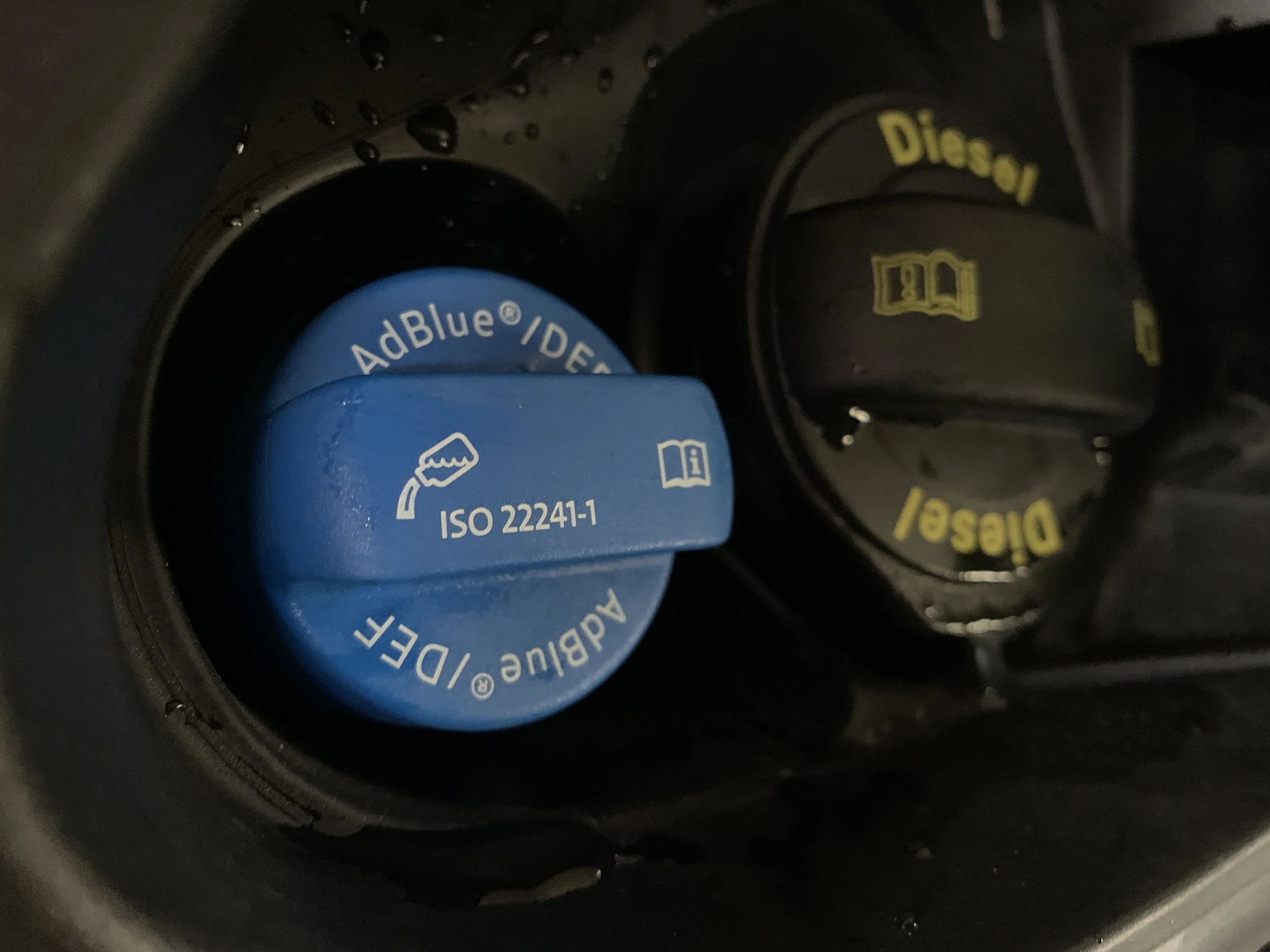‘Home-grown’ steers NZ clear of global diesel additive crisis
/New Zealand won’t be impacted by shortages of an essential product for modern diesel engines, the motor industry believes.
DOMESTIC production of urea should be easily strong enough to keep Kiwi diesel drivers on the road beyond when counterparts overseas might be forced to a stop.
The motor industry is confident New Zealand should avoid being hurt by an international shortage of an emissions-reducing additive fluid vital to keeping modern diesel engines going.
That’s because the primary component, urea, is a national product.
Australia is the latest country to be struck by a global scarcity of diesel exhaust fluid (DEF), best known as AdBlue, the registered trading name of a liquid used to reduce the amount of harmful pollutants emitted by diesel-powered vehicles.
It used by an increasing count of new diesel passenger models – from cars to many sports utilities to some light commercials - and is also required by the majority of new heavy transport vehicles.
The paucity of supply across the Tasman is almost at crisis point, with service stations there reporting panic buying.
Our neighbour’s challenge stems from it having to import urea, mainly from China, where production has been stopped as part of a national energy-saving programme that is crippling much heavy industry there.
For NZ, however, it’s a home-grown product. A plant at Kapuni (pictured), near New Plymouth, makes this chemical from natural gas, primarily for it to be used on farms; urea is the most commonly used nitrogen fertiliser in New Zealand.
It is also used in some manufacturing processes, including manufacture of AdBlue, Motor Industry Association chief executive David Crawford explains.
The spokesman for an organisation representing new vehicle importers says his industry was quite relieved to discover this when making national inquiry about the status of stocks.
“We have liaised with suppliers and a range of other affiliated groups and have been assured that there will be no shortage here.”
He said that, potentially quite like most people, he’d been unaware of how big this industry was.
“I hadn’t personally appreciated that, unlike Australia which imports 90 percent of its urea, we made so much of it … and the automotive demand to use this for DEF is only a small proportion of that.
The MIA felt assured that NZ has a robust supply chain for DEF and that, provided customers continued to buy at their usual volumes and didn’t stockpile, there will be no supply problem.
“It’s been a good outcome.”
DEF is vital to the operation of many modern diesel engines. It is used in a process called Selective Catalytic Reduction (SCR).
Commonly an injector mounted within the exhaust pipe sprays the colourless, odourless ammonia-rich solution over the gases which, when passing through a catalyst, causes a chemical reaction that separates nitrogen oxide into nitrogen and oxygen components.
The system reduces – by up to 90 percent - the amount of harmful nitrogen oxide that is released into the atmosphere. If a vehicle has run out of AdBlue, however, generally there are problems.
Often it will enter a 'limp' mode or refuse to start at all. There nonetheless have been instances, particularly in the heavy vehicle sector, where operators have been successful in bypassing the system, which drastically increases the amount of harmful pollutants going into the atmosphere.
Depending on use, an AdBlue-equipped diesel passenger car will typically only need a 10-litre refill approximately every 10,000-15,000km.
Medium to large commercial vehicles and trucks have been using AdBlue for some years, as these industries adopted strict Euro 5 and Euro 6 emissions standards.
Passenger cars and SUVs have followed as well. Many European diesel vehicles now tend to have the system. Most have a filler mounted next to the main fuel filler, with a blue cap.
Several one-tonne utes have sported the system, but these operate under more lenient emissions requirements, which means most of them do not require it.
Good example of the difference DEF can make comes from comparing the CO2 outputs from Ford’s popular 2.0-litre biturbo engine, which operates in the current Everest sports utility and Ranger utility and has confirmed as a carryover into the next generations of those model, arriving from mid-2022.
The count for the Everest, which uses AdBlue, is 178-184 grams per km, the difference being between rear and four-wheel-drive editions, whereas in the Ranger, it sits at 195g/km. The Ranger’s alternate engine, a 3.2-litre five cylinder which won’t find new life in the next generation of NZ’s best-selling ute, makes 234g/km.


















